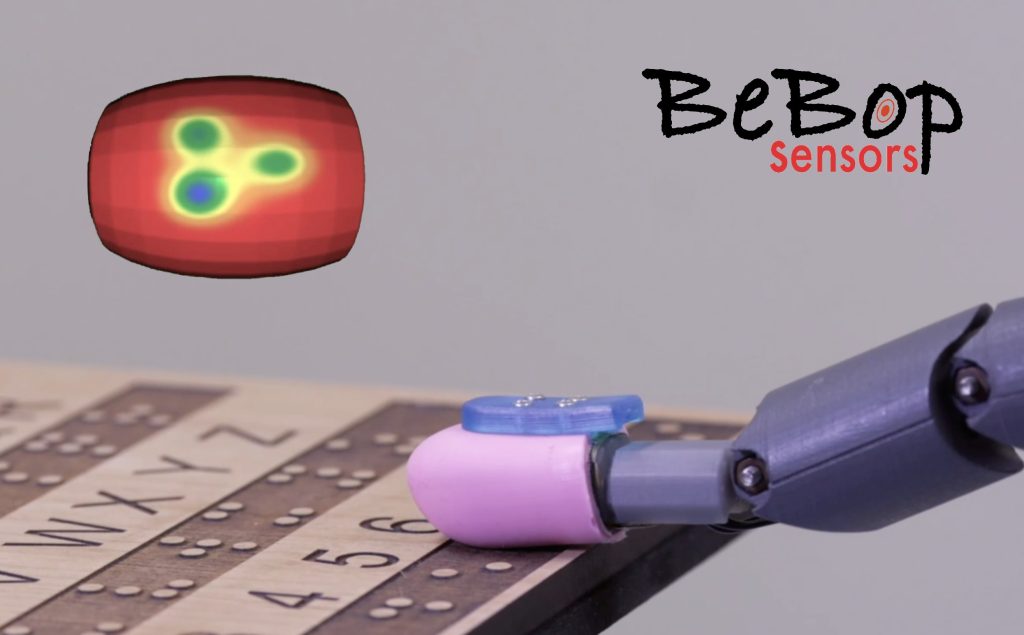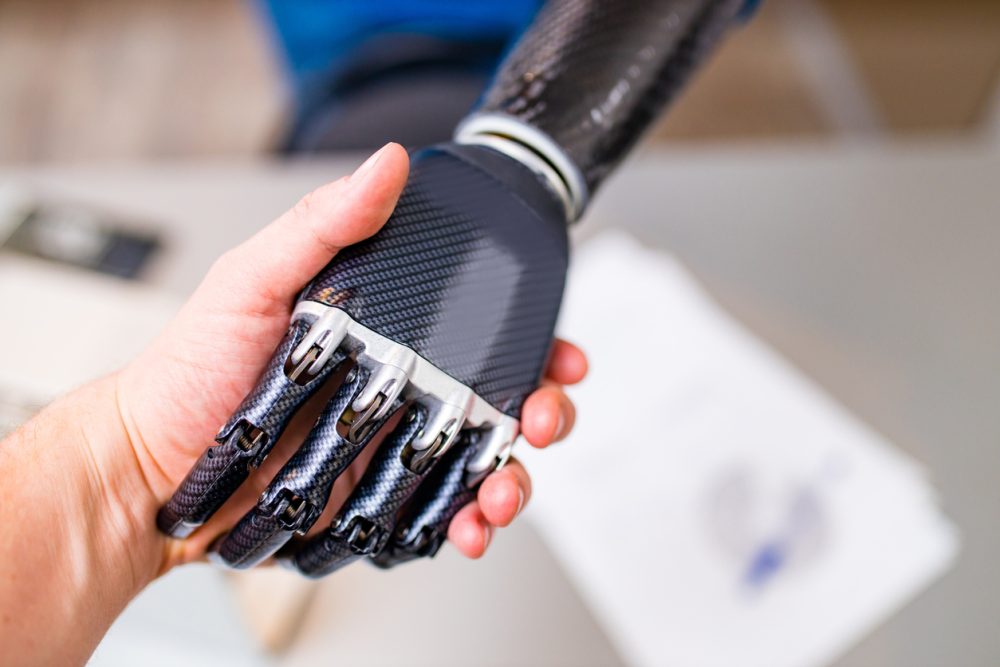Robotics is a field that has experienced a number of technological developments in recent years. Automated machines have begun to replace humans in a number of work forces, ranging from warehouses to automobile plants. But those machines are just that: machines. They are made up of parts that come together to perform a specific, programmed duty, and most do not have the capability to respond to their surroundings. At Bebop Sensors, highly sensitive technologies have been developed that could allow such responses in robotic machinery, on top of a number of other use cases. Keith McMillen, the founder of Bebop Sensors, sat down for an interview where we discussed the company’s founding and its sensor technologies.

McMillen didn’t have robotics in mind when he first began developing these sensor-based technologies. He had toured as a musician for several years, using equipment with tech that wasn’t quite up to his standards.
“I needed a new sensor because none of the sensors that were out there provided what I needed, which was reliability, huge dynamic range, low cost and ease of use,” McMillen. After experimentation with technical fabrics, his music company that he worked for at the time began shipping units — and still do today. At the time, McMillen had no idea that this tech development would lead him down the path of robotics.
“We were approached by an exoskeleton company to make sensors for the soles of their exos, and I said, ‘Well, that sounds interesting,’ so we started that.” McMillen went on to say that Bebop Sensors was founded once they realized the demand was there for this kind of product. Throughout the years, BeBop has developed a number of different sensor-based technologies, but McMillen has always been fascinated by potential applications in the robotics field. “I knew the time would come,” he said. “Technology has a way of sneaking up on you. All the sudden, it’s working. And we’re at that corner, that need for humanoid robotics.”
Bebop’s venture into the robotics space resulted in the company’s new RoboSkin technology, which is just what it sounds like: skin for robots. One of the largest projects the company has undertaken had to do with robotic hands, and Bebop was responsible for creating highly sensitive “skin” that is lined with sensors allowing for testing and data collection.
“The sensors had to be better than human skin,” McMillen said. The “skin” sensor technology has special resolution finer than human skin with force sensing ranging from a few grams to fifty kilograms per sensor; each robotic finger has eighty sensors in total. But this advanced sensor technology expands beyond robotic hands.
The application for this tech can span industries, particularly the sporting industry. In one instance, by putting this data-collecting skin on shoulder pads, the force in which rugby players slammed into could be analyzed. McMillen also touched on another instance when sensors were placed inside a football for inspection of a quarterback’s grip. The application of these sensors could lead to intricate real-time sensor-based information displays during a sports event. Outside of sports, the sensors have been used for data collection in motorcycle helmets, and Bebop has even delved into sensors for data gloves that are used in virtual and augmented reality settings.
When asked what human benefit the sporting data provides, McMillen replied with, “None whatsoever. Pure entertainment. People want to see brutal action, and this reports on impacts and who’s working the hardest.” But on other fronts, the data collection can be highly beneficial to people’s physical health.
“We also make insoles that produce data that can be used to understand the health and wellness of the person wearing them,” McMillen said, going on to reference a company that Bebop partners with that has half a million warehouse workers. “With our insoles we can tell if they’re lifting properly and if they’re fatigued.”
It’s impossible to say where this advanced sensor technology could be applied in the future due to the vast amount of possible use cases that it has, but it’s safe to say that it will become widespread, as automation and robotics industries are expanding with each passing year.
“The cooperation of computers and machines will continue to find new areas of technology and exploration,” said McMillen.















